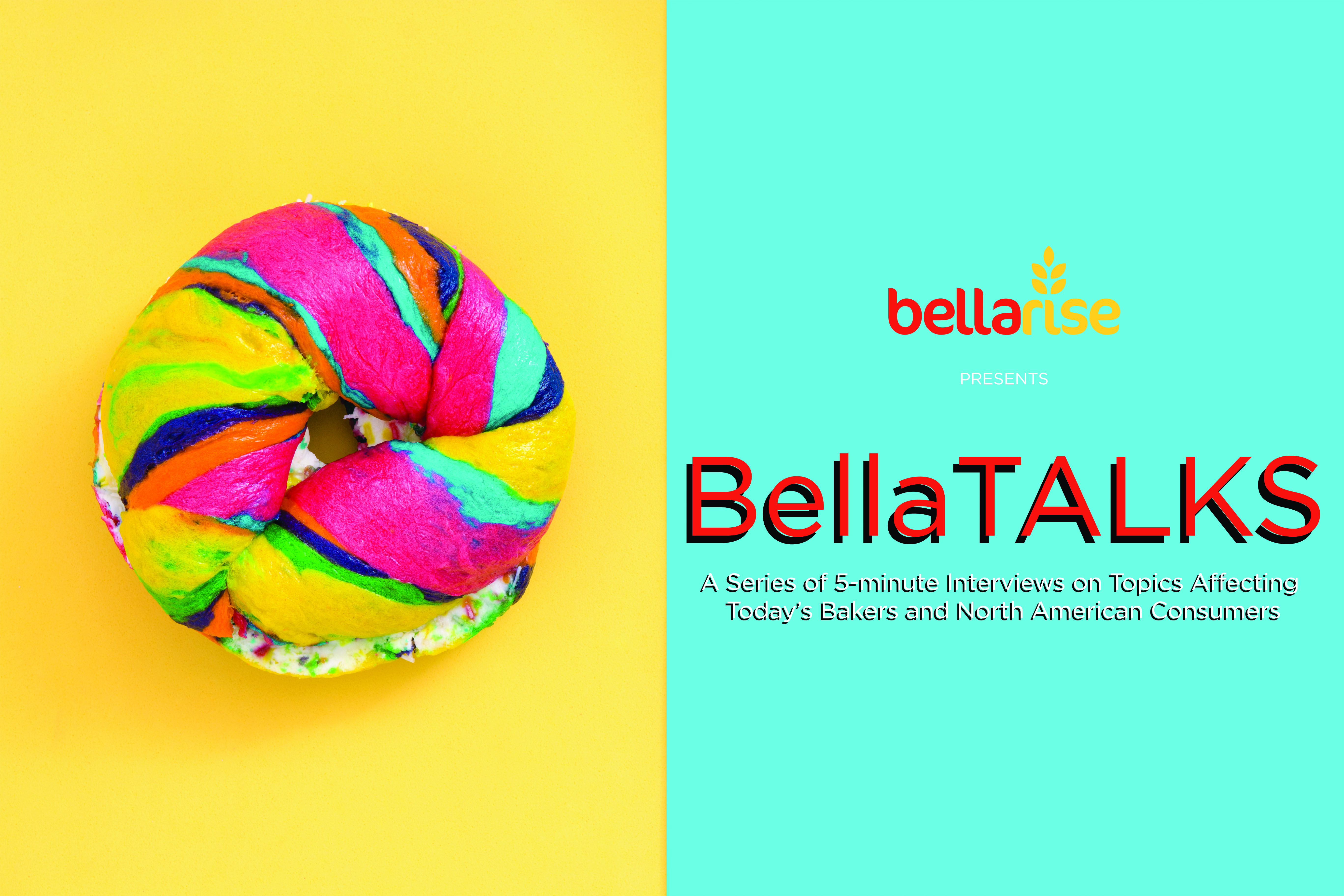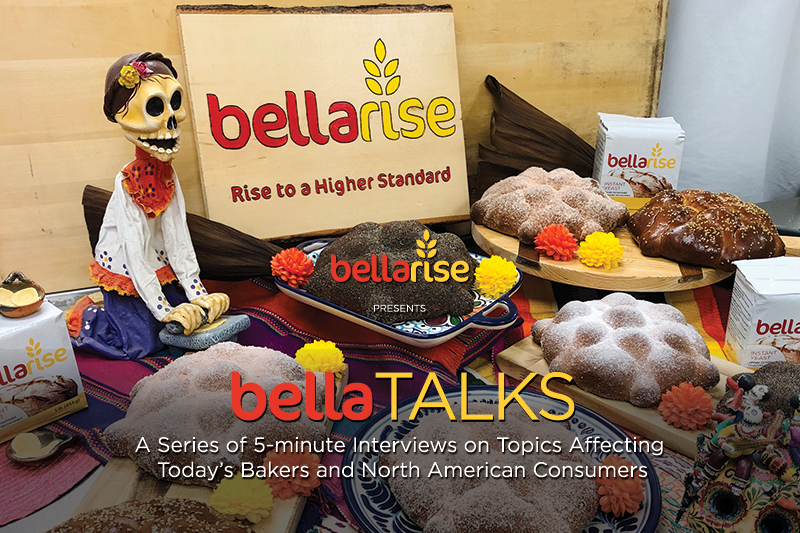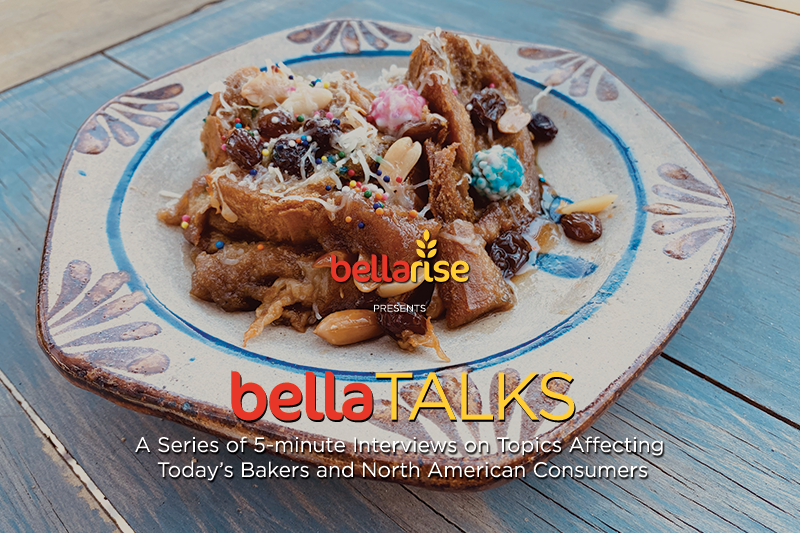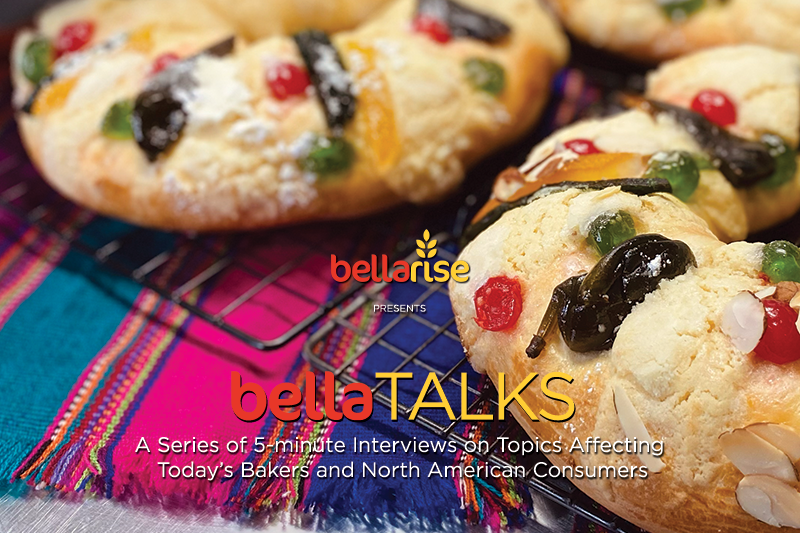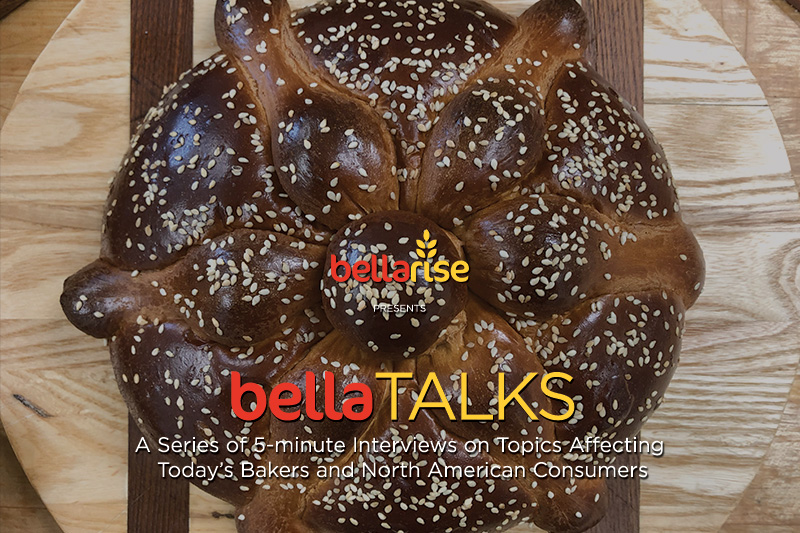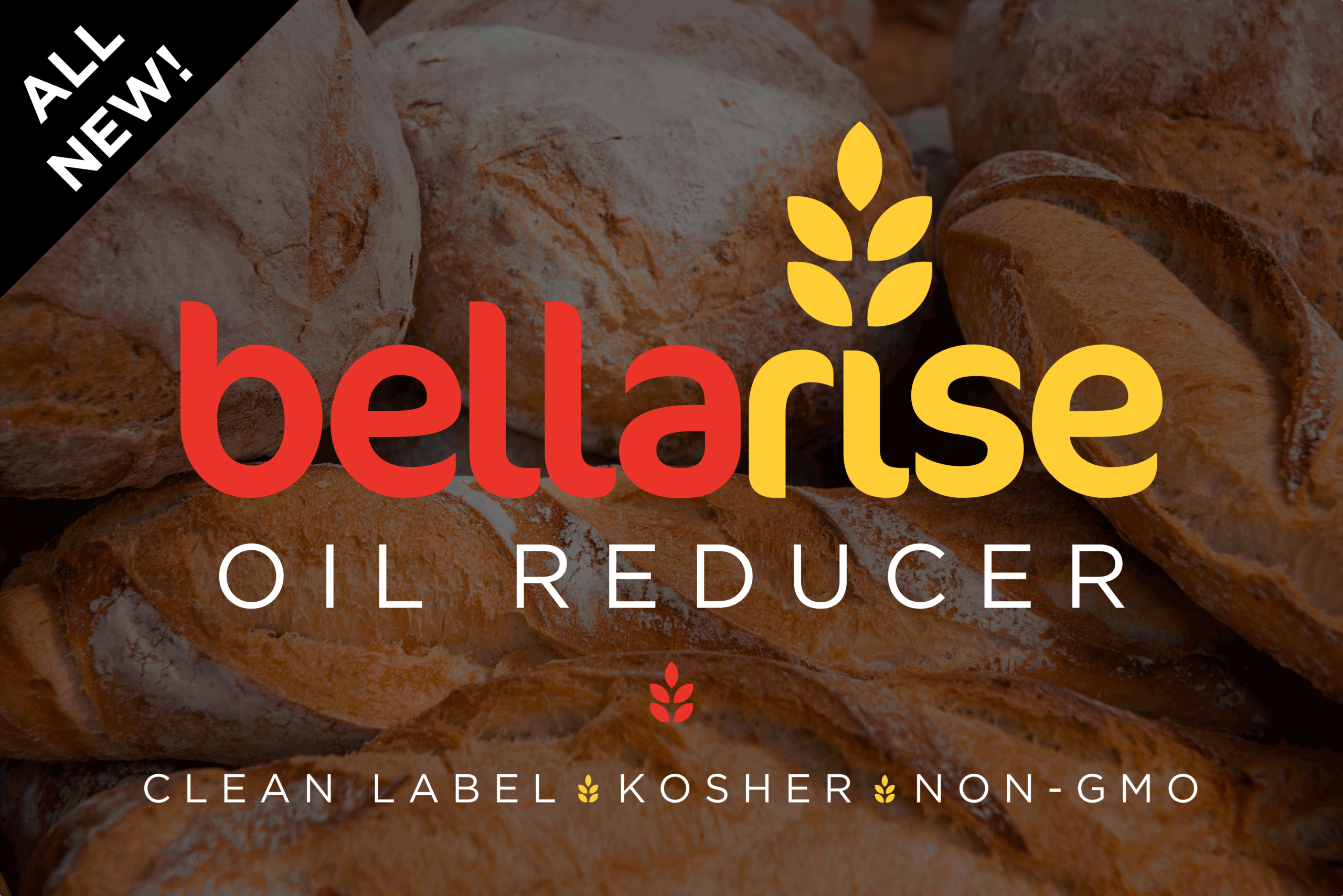PASADENA, CA, 30 August 2018 – In the baking industry, we’ve been hearing quite a few buzz words for a while now. Organic. Non-GMO. Clean label. Allergen-free. Vegan.
Consumer values continue to evolve across the US, and commercial bakeries are reacting to these concepts and values in their own way. After all, for most of this century, the US general market has shifted from one where simply pushing a product out and onto store shelves is no longer enough to sell it; rather, consumers need more meaningful reasons to pull them off and drop them into their cart (whether of the metallic, wobbly wheel variety, or the virtual type found in the corners of so many online food retailers’ websites).
Enter Generations X, Y, and Z. Even though Baby Boomers’ taste for bread plays an important role in the US market, it’s the younger generations who are not only driving sales, but also innovation, across the baking industry.
“These generations are seeking truth in both food options and the marketing practices that support these products,” says Joshua Shroll, National Account Director at Bellarise®. As a long-time baking industry professional, respected chef, and proud father of two daughters – Laura, who is in college and a millennial, and Ella, who as the youngest is part of Generation Z – Shroll’s perspective is as pertinent as it is enlightening. “People place their trust in what they know,” and when commercial bakeries communicate openly with consumers in generations X, Y, and Z through their preferred media channels and on the all-important ingredients list, a closer relationship between brand and consumer is formed, adds Shroll. The conversation, though, must begin on the label. That’s where the truth behind every brand value story is born. As Gen-Xers, Millennials and Generation Z take over the US market, expect to see “bread products on shelves reflect environmental, health, and ethical concerns shared by both commercial bakeries and consumers.”
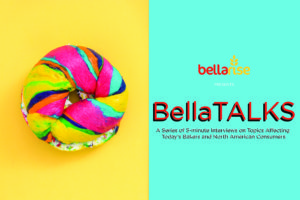
Coming a little closer to the surface, Shroll finds that a bread product’s visual appeal will play an ever more vital role in its marketability, since today’s long supermarket aisles offer a relatively narrow variety. “In social media, what is common among popular photos? Popular trends. Unique aesthetics will stand out to young consumers,” Shroll points out, when he compares the likelihood of a plain croissant versus a rainbow bagel being featured on a young US consumer’s Instagram feed. Hybrids like the “cronut” – a combination croissant and donut – and international varieties are exactly what younger generations are looking for when they return to the bread aisle. It comes down to uniqueness. It comes down to baking a truly beautiful bread. And while buzz words are certainly part of the recipe, unique formats and varieties, along with the right on-trend ingredients, will also play a crucial role in commercial bakeries’ efforts to roll out the breads that will shape the baking industry over the next decade.
So, let’s take stock of all of this. With concepts like organic, non-GMO, clean label, allergen-free, vegan, international varieties, hybrids, and visually appealing breads on the table, how does a commercial bakery earn fans in a US market dominated by young consumers? It can begin by “Being open on the processing involved in production, whether in terms of ingredients, people involved, or partnerships between baking entities, [and] bakeries should be willing to detail the manufacturing process,” according to Shroll. For instance, bakeries should share pictures of breads being baked, produce engaging YouTube videos or other shareable media that tells stories connecting Generations X, Y, and Z’s values with their favorite breads, or sharing easily accessible blog posts that unlock the history of bread. Today’s and tomorrow’s breads need to be about something more, and young consumers know that the truth of a bread’s story is on the ingredients list and nutrition panel. A low price and common formats are not enough. Shroll underscores this when he adds that “Consumers place importance on purchases that reflect a higher purpose and a mission that people can relate to,” which brings us back to the “pull” dynamic described earlier. From college dining halls to suburban supermarkets, commercial bakeries should play a positive role in younger generations’ conversations, focus their mission on consumer values and improving other aspects of daily life, and support a widening array of diets and lifestyles.
Part of our commitment to supporting commercial bakeries’ efforts to bake the breads of tomorrow involves providing active support in the lab and during line trials, or getting the member of our team you’re looking for on the line, quickly. Contact us and let our master bakers know about your goals and challenges. We’ll gladly partner with you to find the right solutions, and support your bakery’s efforts to craft beautiful and delicious breads.
p.s, here’s an article that appeared on BakingBusiness.com, titled “Cakes Gone Viral,” that happens to touch on some of the points we addressed above!

